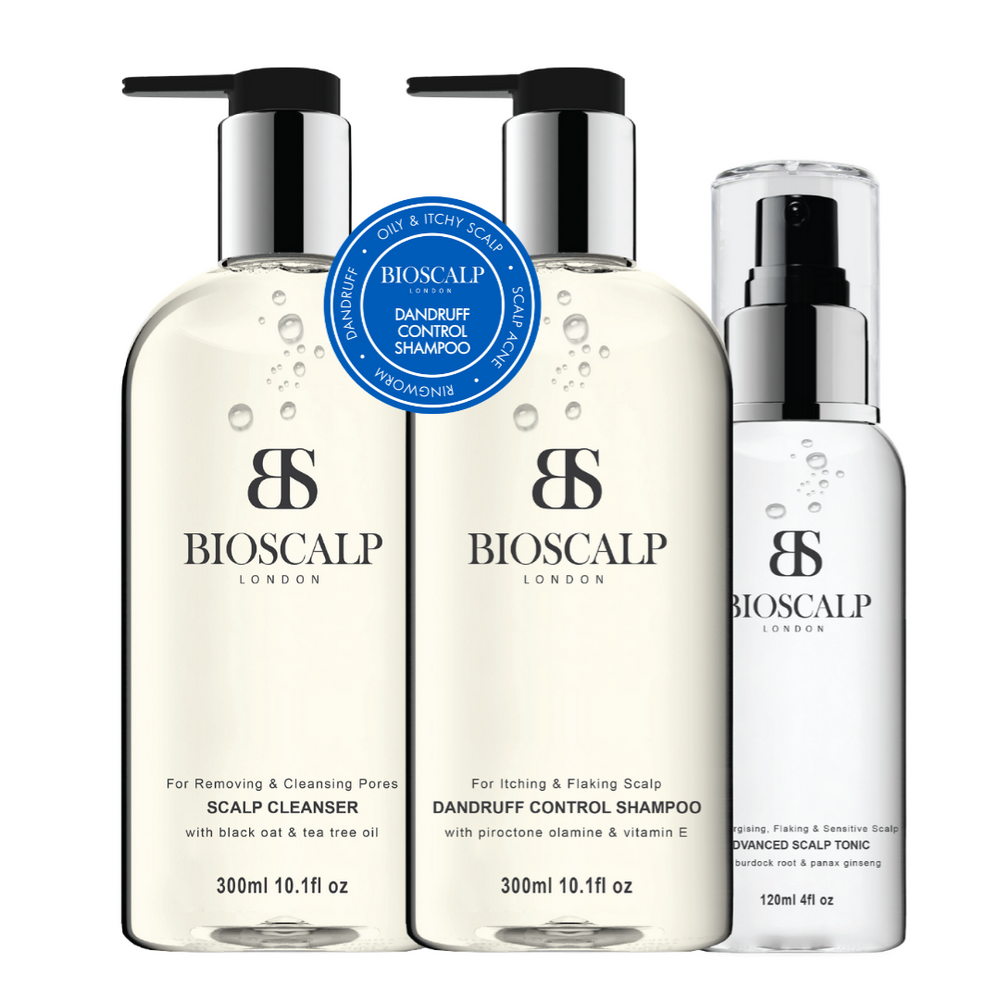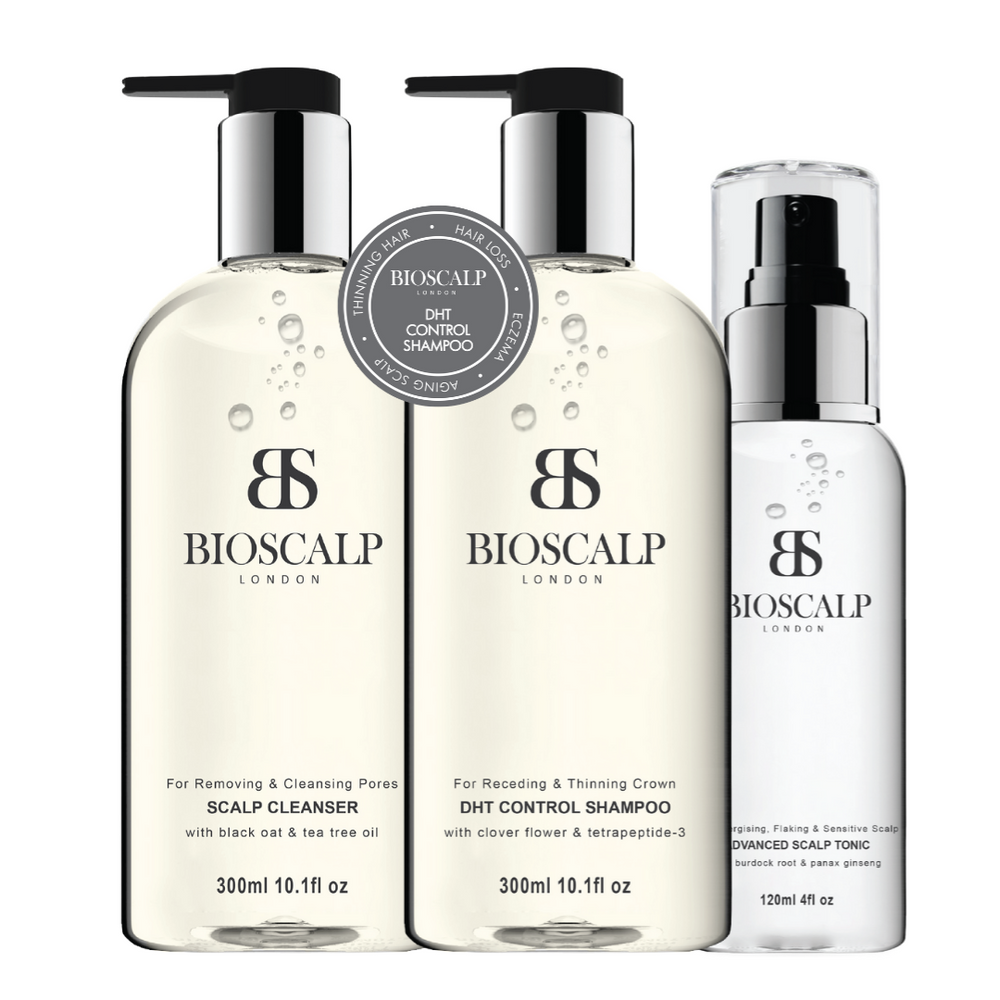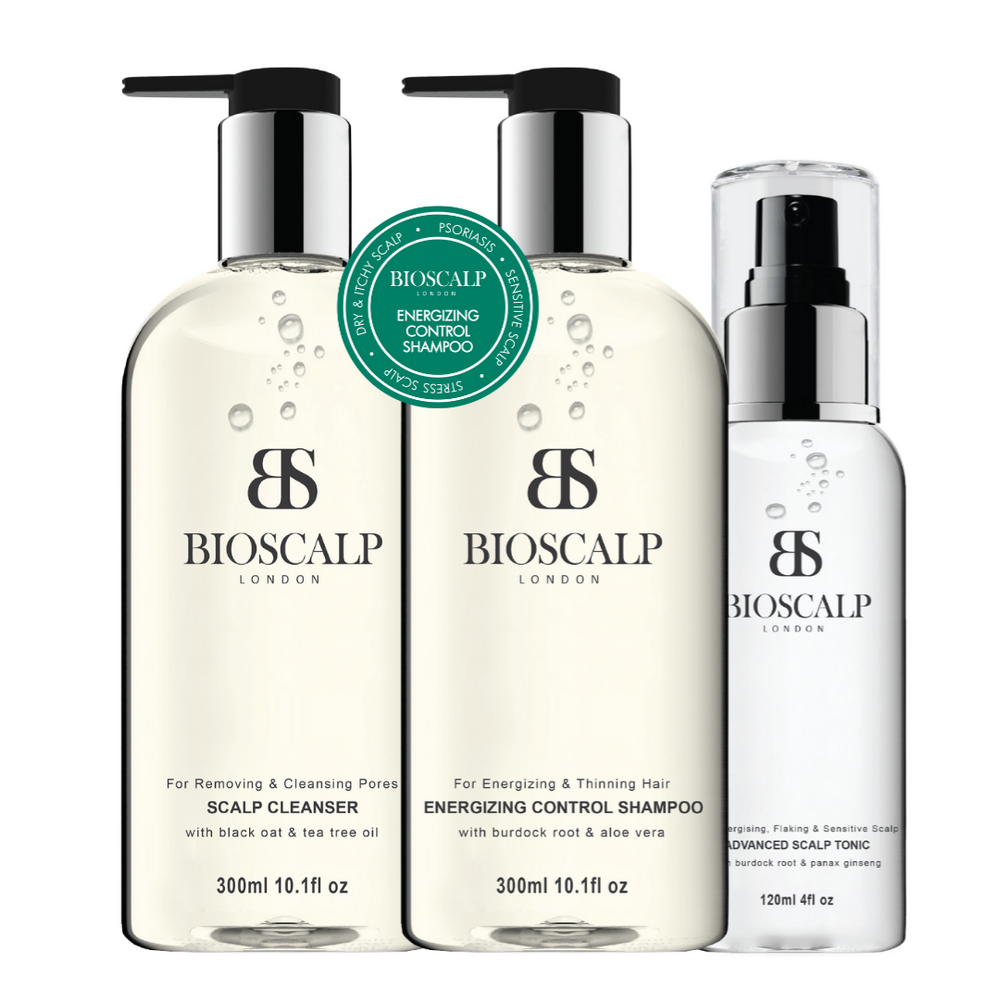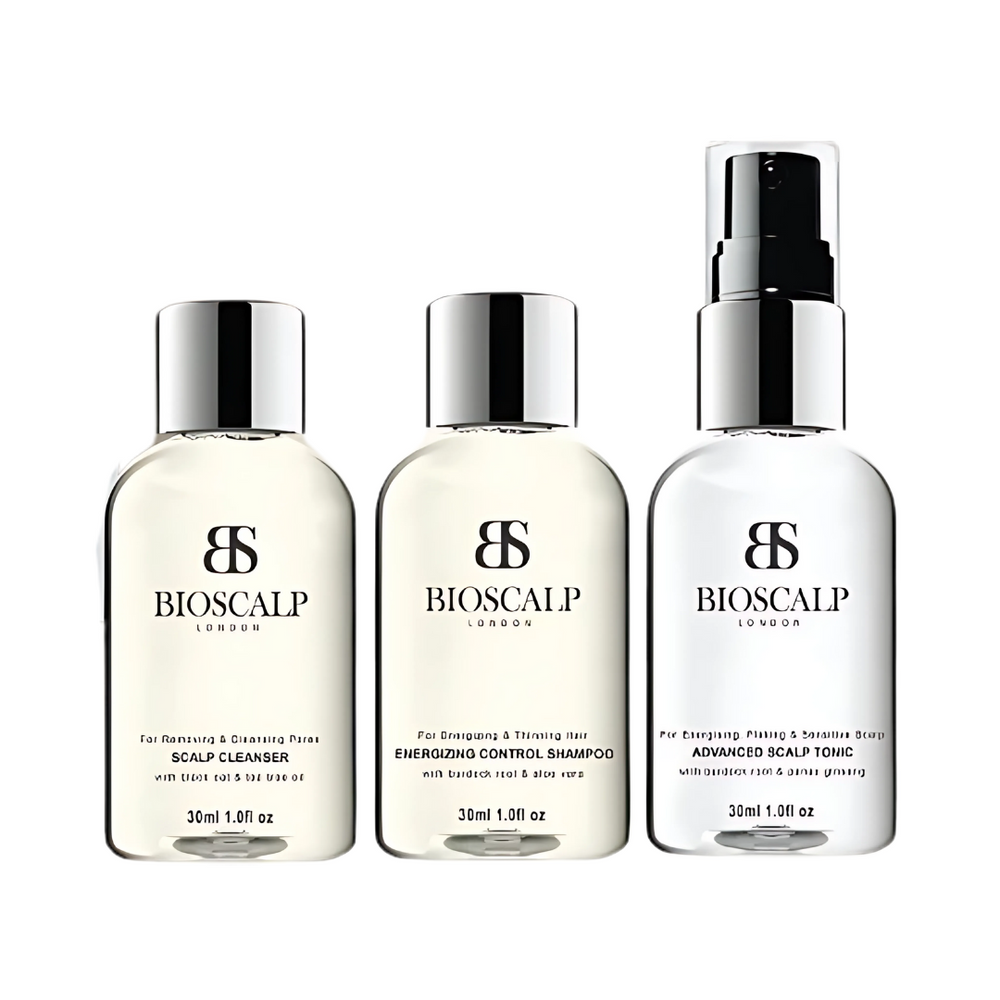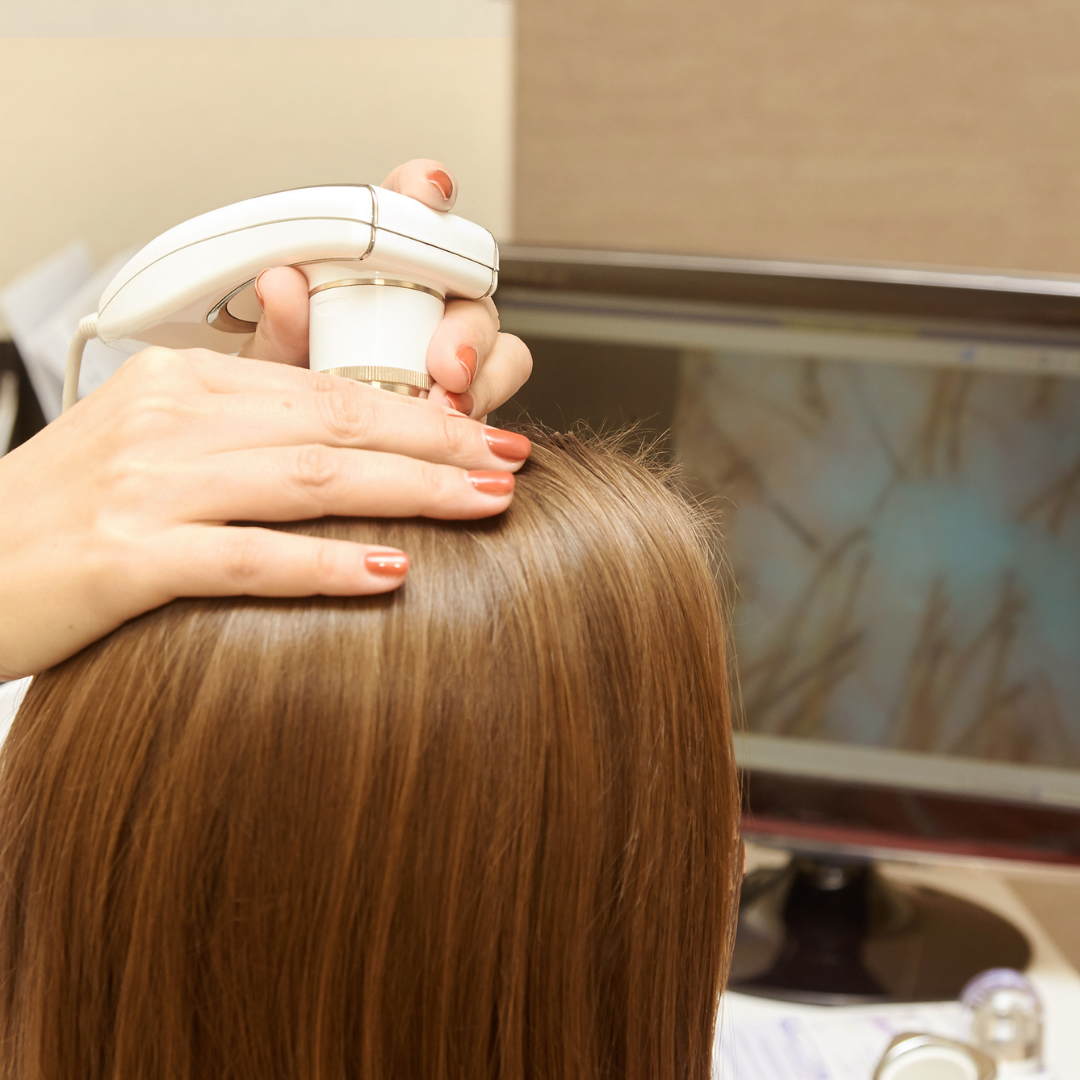Sebaceous dermatitis, also known as seborrheic dermatitis, is a chronic scalp condition that can be frustrating to manage. Characterized by redness, flaky skin, and persistent itchiness, this condition affects areas rich in oil glands and requires consistent care to keep symptoms under control. If you're seeking relief, understanding your treatment options is the first step.
Here’s a complete guide to effective treatments for sebaceous dermatitis of the scalp, from over-the-counter solutions to home remedies.

1. Over-the-Counter Treatments: First-Line Defence
Medicated Shampoos
Medicated shampoos are the cornerstone of sebaceous dermatitis treatment, offering relief from scaling and inflammation while targeting fungal overgrowth.
- Key Ingredients:
- Piroctone Olamine: Fights dandruff by targeting the root cause: fungus and bacteria
- Ketoconazole: Antifungal properties to reduce Malassezia yeast.
- Selenium Sulphide: Controls flaking and soothes irritation.
- Zinc Pyrithione: Antimicrobial agent effective for dandruff and inflammation.
- How to Use: Apply the shampoo to the scalp, leaving it on for 5–10 minutes before rinsing. Use 2–3 times a week during flare-ups and transition to weekly use for maintenance.
💡Pro Tip: Alternate between different types of medicated shampoos for enhanced effectiveness.
Topical Treatments
For localized areas of inflammation or stubborn patches:
- Antifungal Creams: Ketoconazole cream helps to control fungal growth.
- Corticosteroid Solutions or Lotions: Reduce redness and swelling during flare-ups.
2. Prescription Treatments: When Symptoms Persist
If over-the-counter options don’t provide enough relief, stronger treatments may be required:
Stronger Antifungal Medications
- Oral Antifungal Drugs: Medications like itraconazole or terbinafine are prescribed for severe cases or widespread symptoms.
- Prescription-Strength Ketoconazole Shampoo (2%): More potent than over-the-counter versions, offering targeted treatment for persistent symptoms.
Combination Products
- Steroids and Salicylic Acid: Scalp applications such as Diprosalic combine anti-inflammatory and exfoliating properties to reduce scaling and irritation effectively.

3. Home Remedies: Natural Support for Scalp Health
For those who prefer natural remedies or want to complement medical treatments, several options can help manage sebaceous dermatitis symptoms:
Natural Oils
- Coconut, Olive, or Mineral Oil: Gently massage into the scalp to soften and loosen scales before washing.
- Tea Tree Oil: Known for its antifungal properties, tea tree oil can help control yeast overgrowth. Dilute before applying to avoid irritation.
Apple Cider Vinegar
- How It Helps: Restores the scalp’s pH balance and reduces inflammation.
- Usage: Dilute with water and apply as a rinse after shampooing.
Aloe Vera Gel
- Benefits: Soothes irritated skin and reduces redness.
- Application: Apply directly to the scalp and leave on for 15–20 minutes before rinsing.
4. Management Strategies: Preventing Flare-Ups
Because sebaceous dermatitis is a chronic condition, consistent care is crucial for long-term control:
- Alternate Treatments: Rotate between medicated shampoos to prevent resistance.
- Maintenance Routine: Even during remission, use anti-dandruff shampoos weekly to prevent relapses.
- Proper Application: Ensure medicated shampoos and treatments remain on the scalp for the recommended time to maximize their effectiveness.
5. Additional Therapies: Advanced Options for Severe Cases
For severe or treatment-resistant sebaceous dermatitis, additional therapies may be necessary:
- Ultraviolet B (UVB) Light Therapy: Controlled exposure to UVB light can reduce inflammation and improve symptoms. This treatment is typically conducted under medical supervision.
6. Consistency Is Key
Sebaceous dermatitis is a chronic condition that cannot be cured, but it can be effectively managed with a consistent treatment routine. Regular use of dandruff shampoos, careful attention to home remedies, and proper scalp care are essential to keeping symptoms under control.

When to See a Doctor
If your symptoms persist despite over-the-counter treatments or worsen over time, consult a dermatologist. Persistent or severe cases may require prescription-strength solutions or a tailored treatment plan.
Take Control of Sebaceous Dermatitis
Sebaceous dermatitis of the scalp can be frustrating, but with the right combination of treatments, it’s possible to manage symptoms effectively. From medicated shampoos and topical treatments to natural remedies and maintenance strategies, there are plenty of options to suit every severity level.
By understanding your condition and staying consistent with treatment, you can achieve a healthier scalp and reduce flare-ups. Start your journey to relief today by exploring these proven strategies and consulting a healthcare professional for personalized advice.


